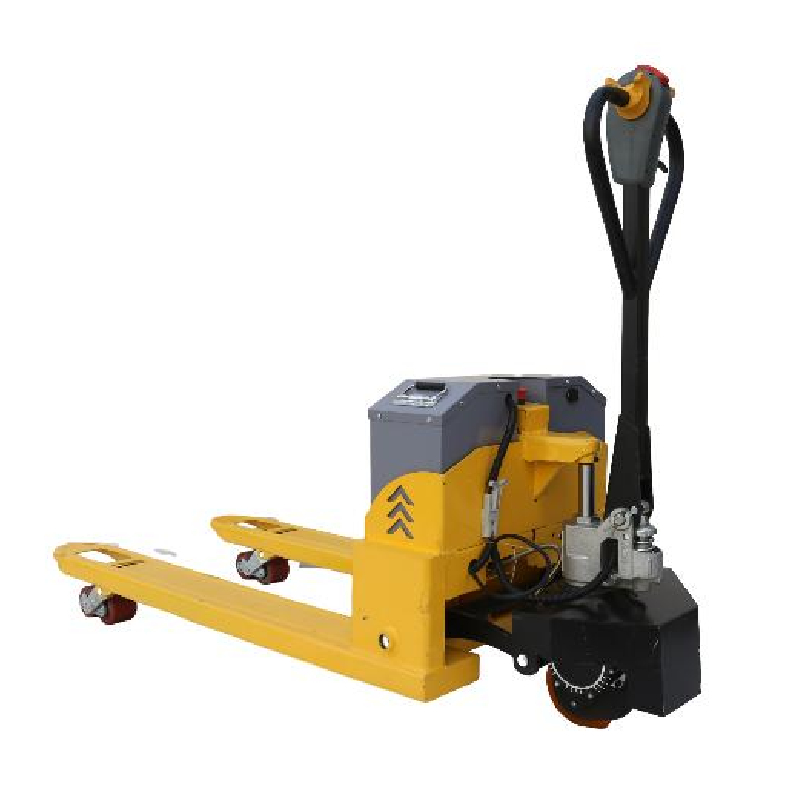


Industrial Fall Protection Devices Ensuring Safety in the Workplace
In industrial settings, safety is of utmost importance, especially when workers are operating at heights. Falls are among the leading causes of workplace injuries and fatalities. To mitigate these risks, various fall protection devices are employed to safeguard workers and enhance safety protocols. This article delves into the different types of industrial fall protection devices, their significance, and best practices for effective implementation.
Understanding Fall Protection Devices
Fall protection devices can be categorized into personal fall protection systems and collective fall protection systems. Personal fall protection systems include gear worn by the worker, such as harnesses and lanyards, designed to catch or arrest a fall. Collective fall protection systems, on the other hand, are designed to prevent falls from occurring in the first place, such as guardrails and safety nets.
1. Personal Fall Arrest Systems (PFAS)
Personal fall arrest systems consist of body harnesses, lanyards, and anchor points. The harness is worn by the worker and is designed to distribute fall forces, minimizing the risk of injury. Lanyards connect the worker to a secure anchor point, which is crucial in stopping a fall. It is essential that all components of a PFAS are compliant with regulatory standards set forth by organizations such as the Occupational Safety and Health Administration (OSHA). Regular inspections and proper maintenance of this equipment are pivotal to ensure reliability when needed.
2. Guardrails and Safety Nets
Guardrails serve as a collective fall protection method, acting as barriers to prevent individuals from falling off elevated work surfaces. They are commonly used around roof edges, loading docks, and stairways. For areas where guardrails can't be installed, safety nets provide a reliable alternative. These nets are positioned beneath elevated work areas to catch falling workers and debris, thus preventing injuries.
3. Ladders and Scaffolding

Ladders and scaffolding, while primarily equipment for access, are also equipped with safety features that adhere to fall protection regulations. For instance, mobile scaffolding is often designed with guardrails and toe boards, while ladder safety systems like stabilizers and cages help provide additional protection against falls. Workers must be trained on the proper use of these tools to ensure their safety.
4. Training and Compliance
Implementing fall protection devices is only part of the solution; training is crucial. Workers must be educated on the significance of fall protection, how to properly use their equipment, and the potential hazards they may face. Regular training sessions and drills can help reinforce these concepts and ensure that safety protocols are understood and followed.
Moreover, compliance with the regulations set forth by OSHA and other governing bodies is mandatory. Companies must conduct risk assessments to identify potential fall hazards and ensure that protective measures are in place. Keeping accurate records of safety inspections and training activities can also aid in maintaining compliance and promoting a culture of safety.
5. The Future of Fall Protection
As technology advances, so do fall protection devices. Innovations such as smart harnesses equipped with sensors that can detect falls or fatigue are emerging. These advancements not only enhance worker safety but also help organizations monitor and manage risks more effectively.
Conclusion
Industrial fall protection devices are essential in creating a safer workplace for employees who work at heights. By utilizing a combination of personal and collective protection systems, providing thorough training, and ensuring compliance with safety regulations, businesses can significantly reduce the risks associated with falls. Emphasizing safety not only protects workers but also fosters a culture of care and responsibility within the organization, ultimately contributing to improved productivity and morale. Investing in fall protection equipment and education is not just a legal obligation; it's a commitment to the well-being of every worker in the industrial sector.



